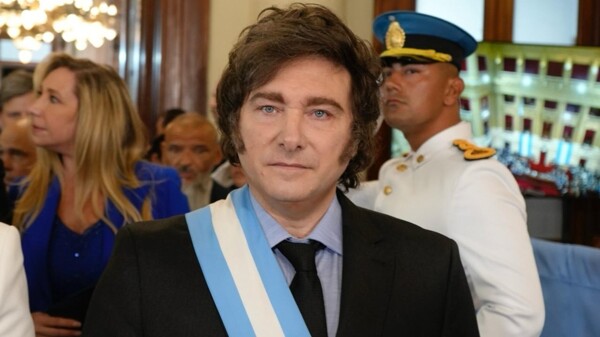The public fallout between various political actors has raised questions about the future of governance in Argentina. On one side are La Cámpora and its leader, confronting a former member of that group, Andrés Cuervo Larroque, backed by Kicillof President in his aspiration to become governor in 2027. In the context of these tensions, questions arise regarding the continuity of García Mansilla in his position and who might eventually be tasked with ousting him.
Surveys reflect a worrying insecurity that, according to reports, could lead to various decisions from the national government. Amid this scenario, unexpected surprises have occurred, such as Horacio Rodríguez Larreta's decision to run in early elections in the Capital for a legislative position and Manuel García Mansilla's swearing-in as a new member of the Supreme Court.
Political uncertainty intensifies with projections of possible movements in the Supreme Court in the upcoming extraordinary elections, fueled by figures like Milei. These situations are presented in a context of instability across various sectors, despite the efforts made in economic matters.
The agitation in the political landscape is mirrored in other movements, such as the emergence of Sergio Massa and the strategies of different actors to maintain or modify their positions. Amid this conjuncture, tensions and disputes arise that could impact the power structure.
Recent changes in the Supreme Court and the Government have generated debate and controversy, reflecting a volatile political atmosphere subject to various interpretations. Opposed positions, public accusations, and unexpected movements shape the current political scene, marked by uncertainty and latent tensions.













